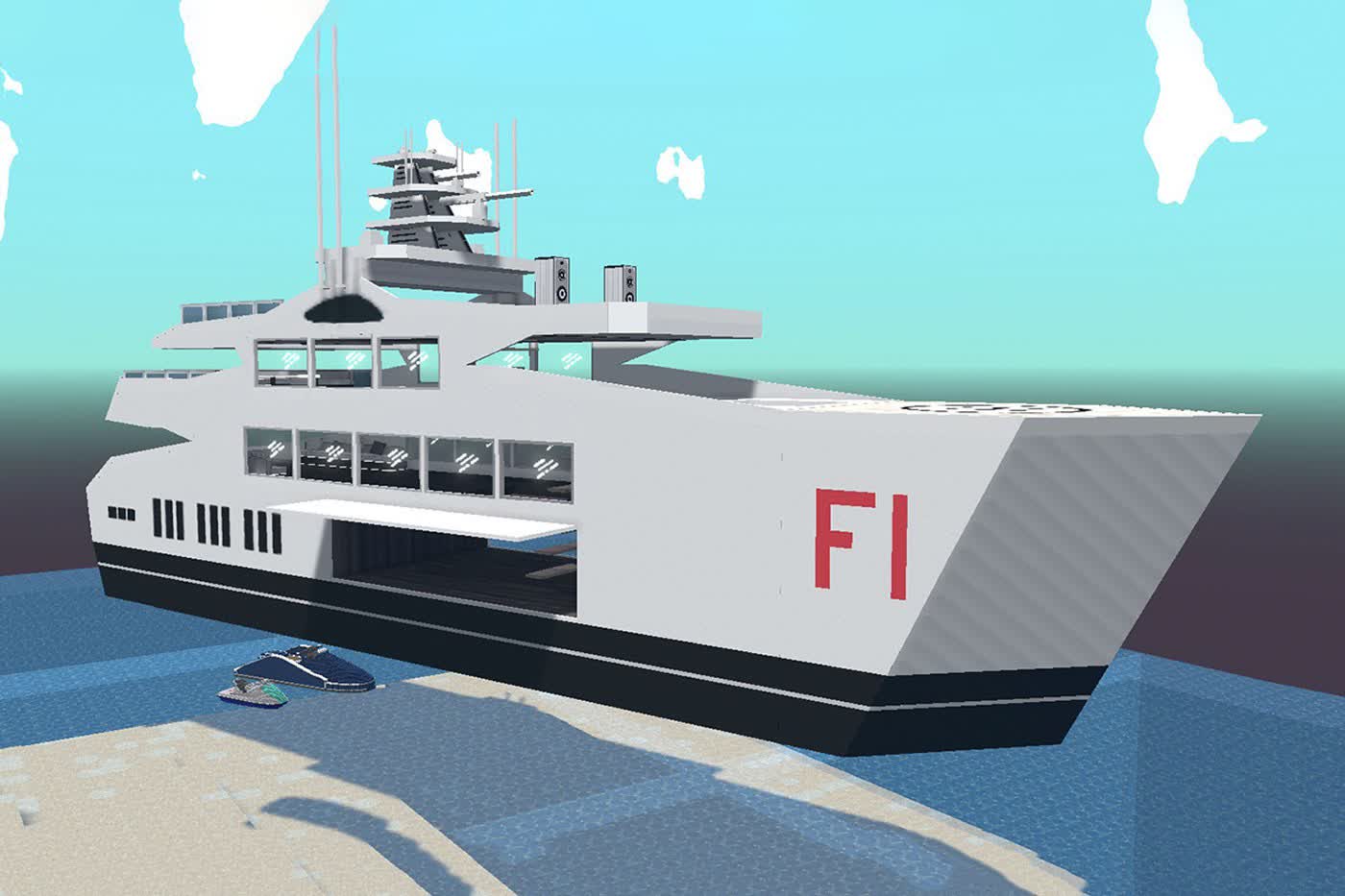The big picture: A mere $650,000 for an ultra luxury super yacht complete with a DJ booth, helicopter landing pad and a hot tub would be a steal in the real world, but how about in the virtual realm? Time will tell.
That's roughly how much the new owner of the Metaflower Super Mega Yacht recently paid for the opportunity to own a luxury NFT designed for The Sandbox, "a virtual world where players can build, own, and monetize their gaming experiences."
The virtual ship was designed by Republic Realm, a metaverse and NFT innovation and investment platform, as part of its Fantasy Collection. According to Business Insider, it's the most expensive non-fungible token ever sold in The Sandbox.
Earlier this month, someone plunked down nearly $2.5 million for a digital plot of land on Decentraland, another metaverse.
Making sense of the whole situation is a challenge in itself, and essentially revolves around how you define the metaverse.
Some consider the metaverse to be little more than a persistent virtual world, the likes of which have existed at least since the creation of Second Life in 2003. More recent interpretations see the metaverse as a three-dimensional iteration of the Internet that's more involved than just a video game. But are the two really any different, at least at this point? In that sense, how is any of this new? People have been buying virtual goods in games for years. Suddenly, it's hip and cool to do so, and overpay for trivial items?
At this point, there are arguably more questions than answers about the metaverse and how it will - or won't, evolve. Will there be one central metaverse, like the traditional Internet, or several smaller platforms that'll encourage users to pick a side?
